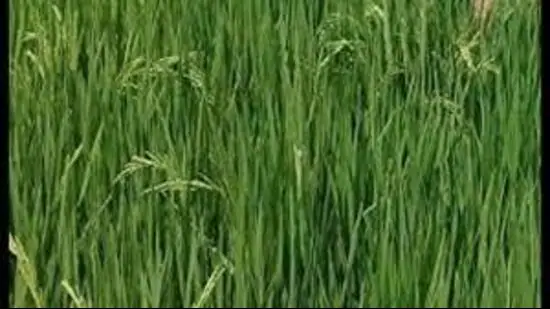Chandigarh, July 8 — Malerkotla has emerged as Punjab’s top-performing district in paddy yield for the 2024–25 season, according to the latest data released by the state agriculture department. The district recorded an impressive yield of 8,026 kg per hectare, outpacing Barnala and Sangrur, which secured second and third positions respectively.
The state, overall, registered an average paddy yield of 6,674 kg per hectare across 3,243.3 hectares under cultivation this season. Barnala followed Malerkotla with 7,394 kg per hectare, while Sangrur reported 7,310 kg — marking the third consecutive year it has held the third spot in yield rankings.
In comparison, during the 2023–24 season, Punjab saw a slightly higher state average of 6,740 kg per hectare over 3,179 hectares. Malerkotla had led then as well with 8,422 kg per hectare, followed by Barnala (7,952 kg) and Sangrur (7,728 kg).
Going further back, in 2022–23, the state average stood at 6,479 kg per hectare over 3,169.5 hectares. Barnala had topped the charts that year with 7,832 kg, followed closely by Malerkotla (7,802 kg), with Sangrur again in third place at 7,698 kg.
While yield levels have shown fluctuations, a consistent upward trend is visible in the area under paddy cultivation. The cultivated area has increased from 3,169.5 hectares in 2022–23 to 3,243.3 hectares this season — a 2.02% rise over the previous year.
Chief agriculture officer Dharminderjit Singh attributed Sangrur’s continued third-place finish to its relatively lower soil fertility. “The separation of Malerkotla from Sangrur in 2021 is a key factor. Malerkotla has rich, heavy soil, which makes it highly fertile and ideal for paddy,” he explained.
Singh also pointed to the growing paddy acreage in districts traditionally known for cotton, including Bathinda, Mansa, Muktsar, and parts of the Malwa region. “Farmers are increasingly shifting from cotton to paddy because it’s a short-duration crop with better profit margins,” he said.
Despite fluctuations in yield, Malerkotla’s consistent dominance and the gradual expansion in paddy cultivation suggest changing agricultural preferences across southern Punjab — driven by soil conditions, profitability, and crop cycles.

